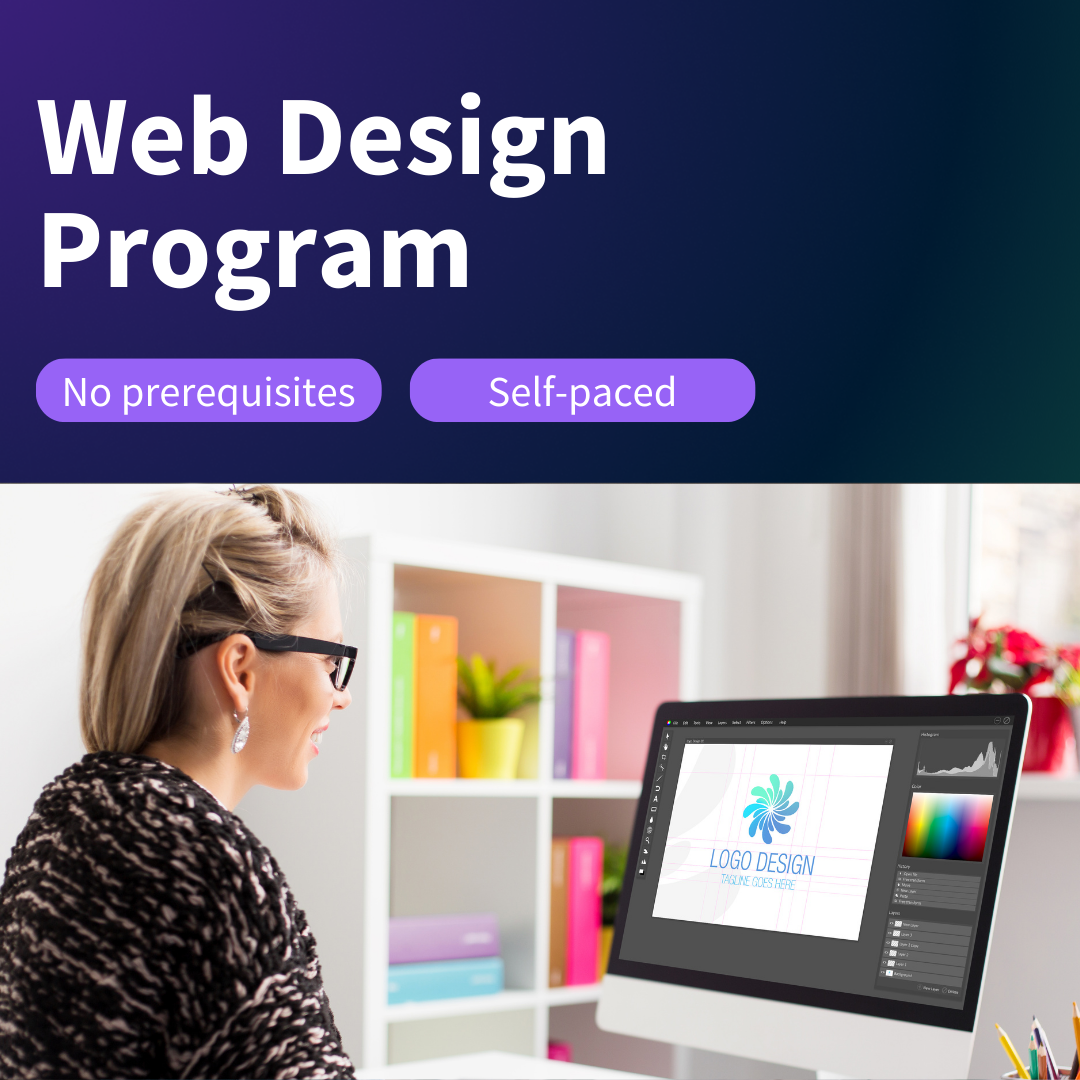The Role of Accessibility in Web Design South Africa and Why It Matters
The Influence of Individual Experience on Successful Website Design Methods
User experience (UX) is a crucial variable in the efficiency of web Design methods. It encompasses use and ease of access, affecting exactly how customers communicate with an internet site. A well-crafted UX can result in raised interaction and retention. Several designers ignore essential elements that add to a favorable experience. Understanding these aspects is important for success. What particular approaches can enhance UX and eventually drive far better outcomes?
Understanding Individual Experience: Interpretation and Importance
Individual experience (UX) offers as a critical element in the domain name of website design, fundamentally shaping exactly how individuals engage with electronic platforms. It encompasses the general experience an individual has while navigating an internet site, consisting of factors such as availability, functionality, and contentment. A well-designed UX not only enhances user engagement but also influences user retention and conversion rates. Comprehending UX is important for designers, as it assists determine customer demands and preferences, allowing for the development of instinctive interfaces. Concentrating on UX promotes a favorable psychological reaction from users, which is essential for constructing brand name loyalty. Ultimately, a solid emphasis on customer experience can cause a successful electronic existence, making sure that web sites effectively fulfill customers' expectations and objectives.
Crucial Element of Efficient Website Design
Efficient internet Design rests on numerous key elements that enhance customer experience. Instinctive navigation, a well-defined aesthetic power structure, and responsive design versatility are vital for making sure and directing individuals availability throughout devices. Understanding these components can substantially influence the total efficiency of an internet site.
Instinctive Navigation Design
How can instinctive navigating Design transform a site visitor's experience on a website? Instinctive navigating simplifies the customer's journey, allowing visitors to discover details swiftly and successfully. This kind of Design employs clear tags, sensible framework, and acquainted formats to reduce confusion. By prioritizing necessary web content and organizing it hierarchically, individuals can quickly find desired web pages without unnecessary clicks. Additionally, responsive navigating components, such as dropdown menus and breadcrumb trails, improve usability across gadgets. Reliable instinctive navigation not only boosts customer contentment yet additionally minimizes bounce prices, urging longer website engagement. Eventually, a seamless navigating experience promotes a sense of trust fund and self-confidence, making site visitors a lot more most likely to return and discover even more, thereby enhancing the general success of the site.
Visual Power Structure Importance

A well-structured aesthetic hierarchy plays a crucial role in guiding individuals with a site's material, complementing the intuitive navigating Design that enhances general user experience. By prioritizing aspects such as dimension, positioning, contrast, and color, developers can efficiently attract interest to essential info and contacts us to activity. This company enables customers to quickly recognize essential sections, facilitating easier comprehension and navigation. Furthermore, a consistent aesthetic power structure assists develop a natural brand identification, reinforcing trust and involvement. When users can effortlessly refine information, they are extra likely to connect favorably with the website, ultimately bring about higher conversion prices - Internet Advertising In South Africa. Because of this, implementing a clear aesthetic pecking order is an essential facet of reliable web Design strategies, substantially influencing individual satisfaction and retention
Receptive Layout Adaptability
What makes a site really adaptable throughout various gadgets? Responsive design flexibility is crucial for ensuring excellent individual experience. This Design method utilizes liquid grids, versatile images, and CSS media queries to adjust the format based upon the gadget's screen dimension and resolution. Efficient responsive Design not just boosts visual appeal but also improves capability by allowing users to browse seamlessly, despite the platform utilized. Key aspects include focusing on material power structure, guaranteeing touch-friendly user interfaces, and preserving rapid loading times. By concentrating on these aspects, designers can create websites that accommodate varied customer needs, eventually leading to higher customer contentment and involvement. In today's electronic landscape, adaptability is no much longer optional; it is important for successful web Design.
The Duty of Navigation in Individual Experience
Effective navigating is necessary for boosting individual experience on internet sites. It offers as a roadmap, assisting users easily with numerous sections and material. A well-structured navigation system lessens complication and frustration, allowing visitors to locate details swiftly. Crucial element of effective navigation consist of clearness, simplicity, and uniformity. Clear labels assist individuals comprehend where links will certainly take them, while regular placement enhances familiarity across web pages. Additionally, a simplified menu can minimize cognitive overload, making it simpler for individuals to choose. The use of dropdowns and breadcrumbs additionally improves functionality by supplying context and added pathways. Ultimately, strong navigating promotes user complete satisfaction, urges longer brows through, and raises the possibility of conversions, solidifying its essential duty in effective internet Design approaches.
Responsive Design: Meeting Customer Demands Throughout Tools
Responsive Design is increasingly important in fitting the varied range of gadgets made use of to access the internet today. This strategy ensures that web sites offer an exceptional viewing experience, no matter of display dimension or orientation. By using liquid grids, versatile images, and media inquiries, receptive Design permits for smooth adaptation across tablets, smart devices, and desktops. This adaptability not just improves use yet additionally deals with differing customer preferences and contexts. With more individuals counting on mobile phones for on the internet interactions, the demand for receptive Design has actually come to be crucial in preserving customer complete satisfaction and engagement. Organizations that prioritize receptive Design can much better satisfy individual expectations, which ultimately adds to higher retention prices and improved total performance in the digital landscape.
Enhancing Individual Interaction Via Visual Design
Aesthetic Design plays an important function in enhancing individual involvement by leveraging aspects such as color psychology, typography, and interactive attributes. The critical use colors can stimulate psychological feedbacks, while well-chosen typography enhances readability and visual charm - Web Design Johannesburg. Furthermore, integrating interactive aspects fosters user engagement, creating a more immersive experience
Shade Psychology Consequences
Shade psychology plays a crucial duty fit customer interaction within internet Design, as different tones can stimulate distinct feelings and affect behavior. Blue often conveys depend on and dependability, making it a preferred choice for company websites. On the other hand, red can activate urgency and enjoyment, often seen in call-to-action switches. Environment-friendly typically stands for peace and health, interesting individuals in wellness and environmental fields. By tactically choosing shades, designers can produce an aesthetic power structure that overviews user actions and enhances the total experience. In addition, consistent shade schemes contribute to brand recognition and loyalty. Eventually, comprehending the mental results of color enables internet developers to craft appealing interfaces that resonate with customers, bring about improved communications and conversions.
Typography's Function in Engagement
Efficient internet Design counts not just on shade selections but likewise on typography, which substantially impacts individual involvement. The option of typefaces, sizes, and spacing can either boost or take away from a user's experience. Clear and readable typography allows individuals to conveniently absorb content, urging them to spend even more time on a website. In addition, a constant typographic power structure guides the individual's eye, stressing crucial details and promoting navigation. Unique font style selections can additionally mirror a brand name's identity, producing a hop over to here stronger emotional connection with the audience. Ultimately, efficient typography not only boosts readability but also fosters an aesthetically appealing setting, boosting total involvement and encouraging users to return for future communications.
Interactive Components Relevance
While individuals browse a website, the existence of interactive elements considerably enhances their involvement and general experience. These components, such as buttons, sliders, and quizzes, welcome customers to take part actively instead than passively eating content. navigate to this website By promoting communication, developers can produce a more tailored experience, enabling users to discover and link with the material in significant methods. Additionally, interactive functions can capture focus and maintain users on the website longer, reducing bounce rates. They likewise supply immediate feedback, enhancing customer actions and encouraging more expedition. As a result, incorporating interactive elements right into internet Design strategies not just raises visual appeal but likewise significantly adds to user contentment and retention, eventually causing greater conversion prices.
Gauging Individual Experience: Tools and Techniques
Determining user experience is crucial for understanding just how efficiently an internet site meets the needs of its customers. Numerous tools and methods are readily available for this purpose, including customer screening, studies, and analytics. User screening typically involves observing actual users as they engage with a website, providing understandings into functionality concerns. Studies can collect straight comments on user satisfaction and perceived value. Analytics tools track individual habits, highlighting locations where users may have a hard time or shed passion. In addition, heatmaps visualize user communications, revealing which aspects stand out. By employing a combination of these approaches, web developers can acquire a detailed understanding of individual experience, bring about educated Design decisions that boost total site effectiveness.

Regularly Asked Questions
Exactly How Does Individual Experience Affect Conversion Rates on Sites?
Individual experience substantially affects conversion rates on sites. A smooth user interface, instinctive navigating, and interesting web content can boost customer satisfaction, causing increased trust and higher probability of finishing desired activities, therefore enhancing overall conversions.
What Are Common User Experience Errors in Website Design?
Typical individual experience errors in web Design include messy designs, slow filling times, bad navigating, insufficient mobile optimization, lack of clear calls-to-action, and disregarding availability guidelines, all of which can significantly impede individual involvement and fulfillment.
Just How Usually Should Website Design Be Updated for Optimal Customer Experience?
Internet Design should be updated regularly, ideally every 1-2 years, to adapt to developing user choices and technical advancements. Frequent assessments enhance use, making sure that the website remains engaging and appropriate for its audience.

Can User Experience Impact SEO Rankings?
Individual experience greatly influences search engine optimization rankings. Web Design Johannesburg. Online search engine prioritize web sites check my reference that give smooth navigation, fast loading times, and appealing web content, therefore compensating websites that boost customer contentment with greater presence in search engine result
What Are Some Instances of Superb Customer Experience in Internet Design?
Instances of outstanding individual experience in website design include intuitive navigating, receptive designs, quick packing times, clear phone call to action, and involving visuals. These aspects contribute to user satisfaction and encourage long term communication with the site.
User experience (UX) offers as a crucial component in the domain name of web Design, fundamentally shaping just how customers engage with electronic platforms. A well-structured visual hierarchy plays a pivotal duty in leading individuals via a web site's material, complementing the intuitive navigating Design that enhances total customer experience. With even more individuals depending on mobile devices for online interactions, the need for responsive Design has actually ended up being important in preserving customer contentment and involvement. Determining individual experience is important for understanding how properly an internet site satisfies the needs of its customers. User screening frequently entails observing genuine users as they interact with a website, offering understandings into usability concerns.